1.3 Computer-Controlled Cutting
Ideas
Design Grammar
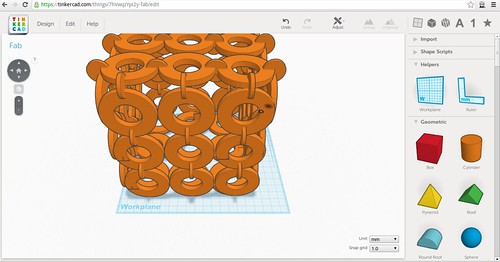
Figure 1. Initial grammar proposal: Sketched with now defunct Tinkercad cloud based CAD Tool.
The most interesting thing with this week assignment is to acknowledge that with a very simple components you can create a complex object. This is a simple grammar comprised of just two objects. From this point it will be interesting to see how related are the language and adjetives with the definition of an object, especially objects that are not fully design but the ones that emerges from the interaction of simple components.
Saying that I present a set of two grammars
Design Grammar A
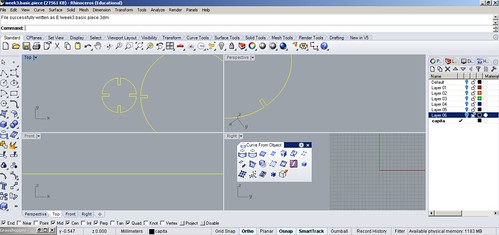

Figure 2. Two components grammar: Sketched with Rhinoceros.
How do all the representations of an object relates themselves? Is there an intrinsic nature of an object representation? If there is various levels of representation of an object: linguistic, graphical, performative, simulation, there must be an intrinsic one.
For example, on on a CAD program the represention of an object is a graphical one, on a text processor is a linguistic one, on a simulation program is a mathematical one. But given the digital nature of the information (as being architected at this moment) each of these levels are only abstractions, so in the end we should say that there in an intrinsic way to represent an object in a digital world and that representation doesnt depend on the tooling but in something more simple.
Design Grammar B

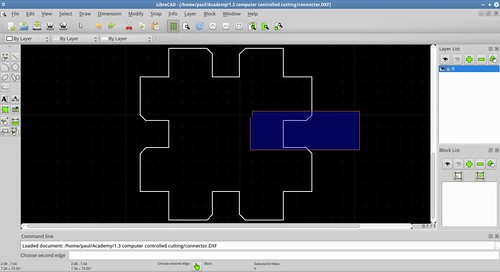
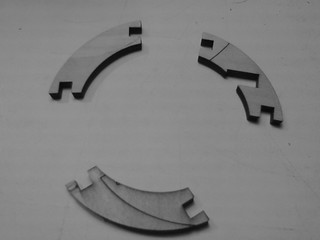
Considerations:
Material deformation
Machine parameters (in case of Epilog Laser Cutter)
Measurements and units (must be the same across all the processess)
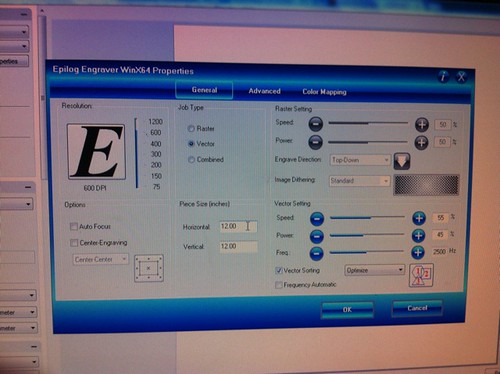
Ingredients
Physical stuff (Atoms)

Digital stuff (Bits)
Instructions
Steps
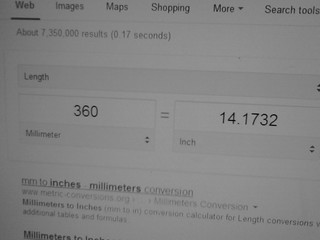


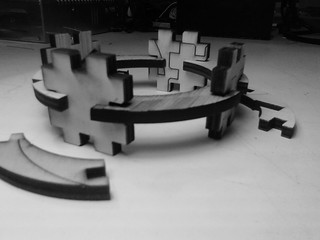
Results:
.

Inspirations from HTMAA
